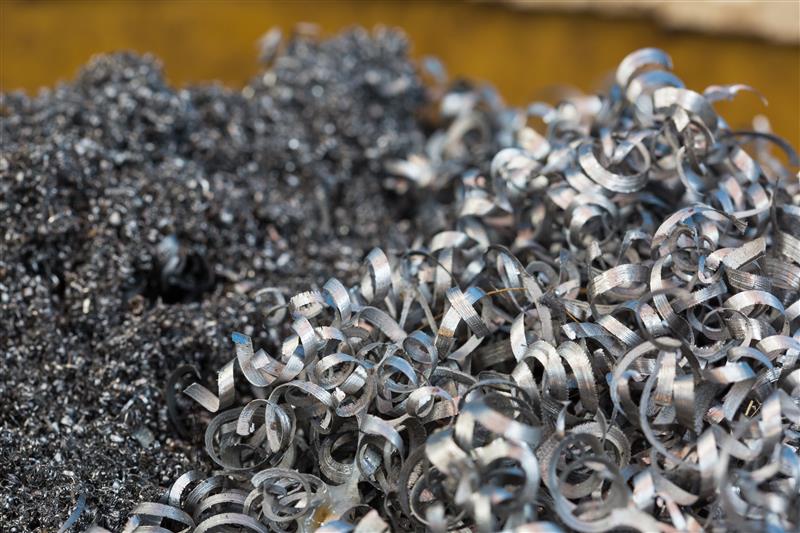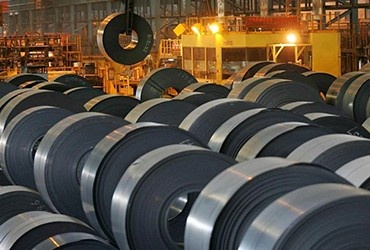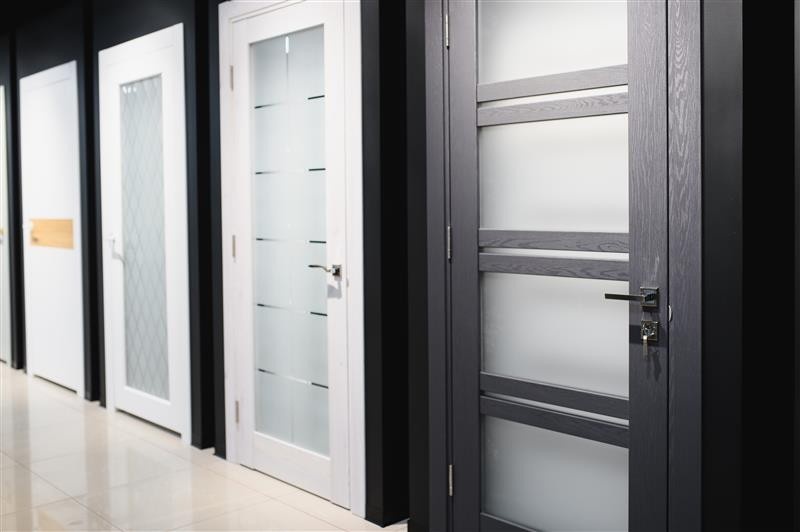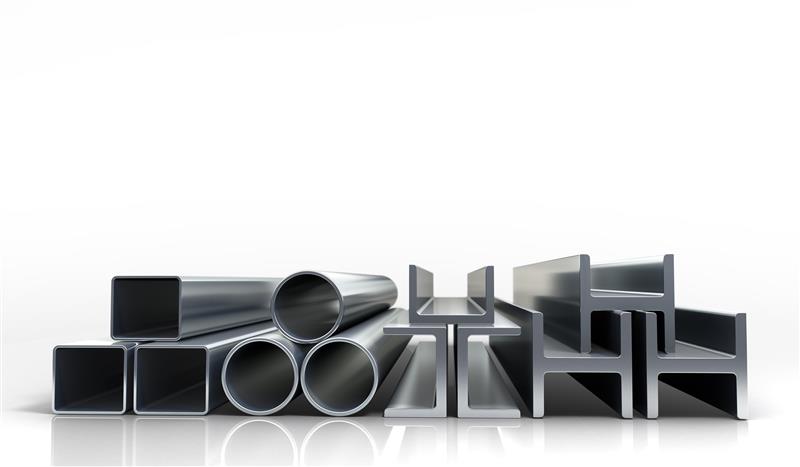Products
-

GI pipes vs. MS pipes: Mechanical Properties Compared
It’s simple to assume that “GI pipe” and “MS pipe” refer to entirely different metals. Both pipes use steel as the base…
-

Indian and International Standards for HR Steel: What Buyers Must Check
Hot-rolled (HR) steel is steel shaped at very high temperature (above ~1,700°F or 926°C) into coils, sheets, plates and structural profiles. It…
-

How MS Chequered Plates Improve Workplace Safety in Heavy Industries
Workplace safety is a top priority in heavy industries such as construction, manufacturing, automotive, mining, and shipping. These sectors often involve heavy…
-

How EVs Are Changing Colour Coated-Steel Demand
Electric vehicles (EVs) are no longer a niche — volumes are ramping up rapidly both globally. When it comes to in India,…
-

The Role of Recycled Steel in the Circular Economy
Steel ranks among the most widely used materials in the world and forms the backbone of industries from construction to automotive manufacturing.…
-

Vibration Damping and Acoustic Performance of MS Flats
Mild steel (MS) flats—rectangular bars of uniform cross section—are ubiquitous in industrial framing, machinery bases, architectural panels, and structural assemblies. Although they…
-

Why Choose HRPO Over Standard Hot Rolled Steel for Precision Fabrication?
In the world of metal fabrication, surface quality and dimensional accuracy are just as critical as material strength. While standard hot rolled…
-

Why Builders Prefer Steel Doors for Commercial Projects
In the world of commercial construction, the choice of materials can make a significant impact on both functionality and long-term performance. One…
-

What Is Mild Steel? Properties, Composition, and Common Uses
Industries around the world commonly use mild steel, also known as low-carbon steel, making it one of the most widely utilized forms…
Search
Latest Posts
Latest Comments
Categories
Archives
- November 2025 (4)
- October 2025 (1)
- September 2025 (2)
- August 2025 (2)
- July 2025 (12)
- June 2025 (4)



